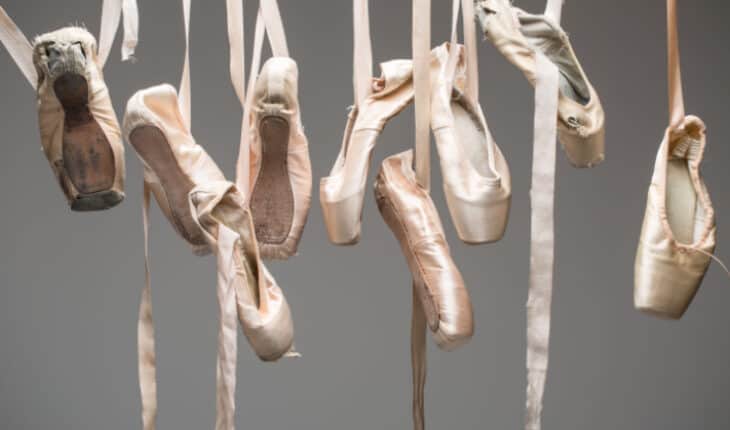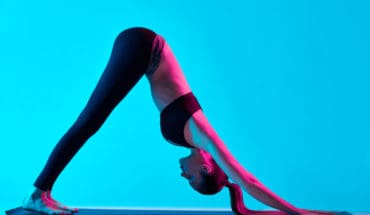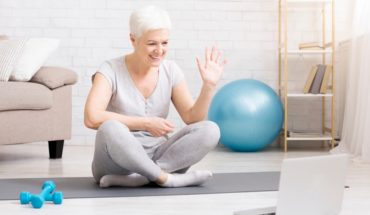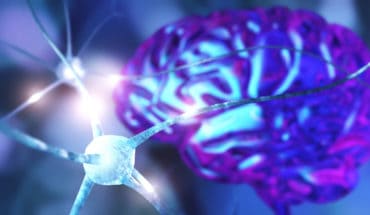Today (29th April) is International Dance Day. A leading orthopedic surgeon gives his advice to dancers to help maintain both their passion and their bodies: New treatments are helping to ‘raise the barre’ for people who love to dance – but who don’t want their aches and pains to trip them up.
International Dance Day was first launched as an opportunity, on the global stage, to celebrate the joy and benefits derived from dancing – acknowledging the positive impact that ‘moving to music’ can have on both the physical and mental health of dancers of all ages and ability.
And, like most sports and physical activities, dancing is known to improve heart and lung function, muscular strength, endurance, motor fitness, and weight management. Regular dancing can also help to increase bone strength, flexibility, agility, coordination, and balance. Academic studies have proven that ‘dance fever’ can lead to the release of feel-good endorphins and “boost happiness.”
The leading care and research charity for people living with arthritis, “Versus Arthritis’ has also published advice about the huge benefits of dancing – whether ballroom, ballet or bellydancing, limbo or line dancing, all helping to maintain mobility and stay sociable.
But what happens when aches and pains step in, leaving keen (or even professional) dancers fearful that they’re at the ‘pointe’ of no return?
That’s exactly what happened World Champion Ballroom and Latin dancer, Joanne Clifton (who shot to fame when she won the 2016 series of Strictly Come Dancing).
Several years after lifting the Glitterball in 2016, Joanne ‘admitted’ that she’d actually been aware at the time of her ‘Strictly-victory’ of osteoarthritis in her knee, caused by years of strenuous training. She was aged just 31 when she first noticed the warning signs and could no longer ignore the pain. She feared – like so many professional dancers who are affected by hip, knee, back and joint pain – that it could be career ending.
And, such conditions can also affect dancers on the amateur circuit. Regional Latin American Champion, Corrine Edwards from Solihull, faced having to give up her passion for dance due to the debilitating pain caused by osteoarthritis in her right knee.
Corrine (71) explains; “I was beginning to rely on an elbow crutch which I hated as it made me feel old and self-conscious. I’d even told my husband Peter to carry on dancing without me and to find a new partner for competitions but he wouldn’t hear of it.”
So, determined not to hang up her dancing shoes, Corrine began researching new and non-surgical treatments, proven to offer long lasting pain relief.
Corrine read about the hydrogel injection, Arthrosamid®, which lead her to Mr Andrew Pearse, a Consultant Orthopaedic Surgeon based at the SO Knee Clinic in Worcestershire.
After an initial consultation – and sharing the results of a recent MRI scan – Mr Pearse quickly confirmed that Corinne would be an eligible patient for Arthrosamid® injection (in fact, he said the condition of Corinne’s knee and cartilage was ‘one of the most damaged he’d seen’).
Corinne continues; “It was a quick and painless procedure, apart from a slight feeling of pressure as the gel was inserted – and I was able to watch the injection live on the screen. Most importantly, I could pretty much feel the benefits the following day.
Mr Pearse comments; “I was delighted to hear that Corinne experienced such a significant improvement in her knee symptoms and the speed of the response was particularly satisfying. She was very clear about her motivations for treatment and Arthrosamid® gave her a choice to continue to keep doing what she loves and has a real talent for, hopefully for many years to come.”
So, what other steps can dancers take to keep them on their toes when it comes to tip top joint health?
Mr Pearse explains; “Despite the seemingly gentle nature of dance (when compared to some other sports) chronic injury and general ‘wear and tear’ is very common in dancers. There is also risk of acute pain, particularly after long hours of rehearsals which often require endless repetition of movements.
“Different types of dancing might include high-impact actions such as jumping, spinning, standing on tiptoes, excessive arching of the back, stretching and sudden twist and turns. This can lead to strain, inflammation, sprains, strains, and even fractures and unfortunately the recovery time for knee injuries in dancers can often be very lengthy.
“Injuries in dancers tend occur in the lower body, such as the waist, hips, feet, ankles and toes – but often, the knees really do bear the brunt, especially when a dancer is also fatigued by repetitive strain. Common causes might include:
- Unsuitable floors (uneven or very hard)
- A sudden or ‘forced’ movement
- Lack of rest or recovery
- Inadequate training or warm-up
- Collision (perhaps with a partner or as part of group dance)
“For minor injuries in dancers, we would always advise rest, ice, regular use of analgesics (such paracetamol) and anti-inflammatories (such as ibuprofen) and keeping the foot and leg elevated.
“In the case of more serious injury or chronic pain caused by conditions such as knee osteoarthritis, we’d recommend prolonged rest and immobilisation and ideally a programme of rehabilitation with a specialist physiotherapist.”
Osteoarthritis affects around 8.5 million people in the UK1 and can cause pain and problems with normal knee function, which has a detrimental effect on quality of life. If you’re suffering, it’s worth considering speaking to a physio or GP about your level of pain, who will usually recommend a combination of exercise treatment and possibly the option of injections, including steroid and hyaluronic acid (lubricant) injections.
For patients with established knee arthritis – particularly those who love dancing, such as Corrine! – it is also worth looking into some of the new innovative and minimally invasive treatment options like Arthrosamid®. This single hydrogel injection works to cushion the knee joint, reduce the patient’s pain, decrease stiffness and help movement. It has been shown to be safe and can give long-acting relief, improving quality of life2. There are no serious side effects related to the hydrogel, and following the guidance from your doctor, successful treatment will show within 4-12 weeks2.
Mr Pearse concludes; “As ever, prevention is always better than cure and whilst some injuries will be accidental and unavoidable, simple steps can really help to keep dancers jumping for joy!
- Working on correct technique is vital in helping to protect your joints – practicing in front of a mirror, observing and recording yourself to avoid any ‘bad movements’ can help to prevent injury
- Try not to train when feeling fatigued – that’s when accidents happen
- Always stretch out and warm up before beginning a dance session
- Work on muscle strengthening – if you start to notice a lack of strength when performing certain movements, you should work on weight-bearing exercises to help develop those muscles
- Strengthen your core to improve your stability
- Functional taping /bandages around any known weakness in joints can help to limit painful movement and reduce instability
- Sprung flooring reduces pressure on the ankle and knee joints.
- Take regular breaks and avoid overtraining.
“Overall, always listen to your body. Whether you dance professionally, or simply dance for pure pleasure, it can bring great benefits to your general fitness levels and state of mind and I believe people should be encouraged to keep dancing for as long they can. However, one wrong turn can leave you sore and strapped up for months so always limber up before hitting the dance floor.
“And do seek help and advice if chronic pain is stopping you from enjoying any form of dance as there really are many options to keep you on your feet.”
References:
1. https://www.nice.org.uk/guidance/cg177/documents/osteoarthritis-update-final-scope2
2. Bliddal, H., et al. (2021). Polyacrylamide Hydrogel Injection for Knee Osteoarthritis: A 6 Months Prospective Study. J Orthop Res Ther. 6(2). 1188. ISSN 2575-8241.
- Breakthrough in child chronic respiratory diseases - 11th April 2024
- Protein could help detect delayed concussion recovery - 11th April 2024
- New insight into combatting drug-resistant prostate cancer - 11th April 2024






